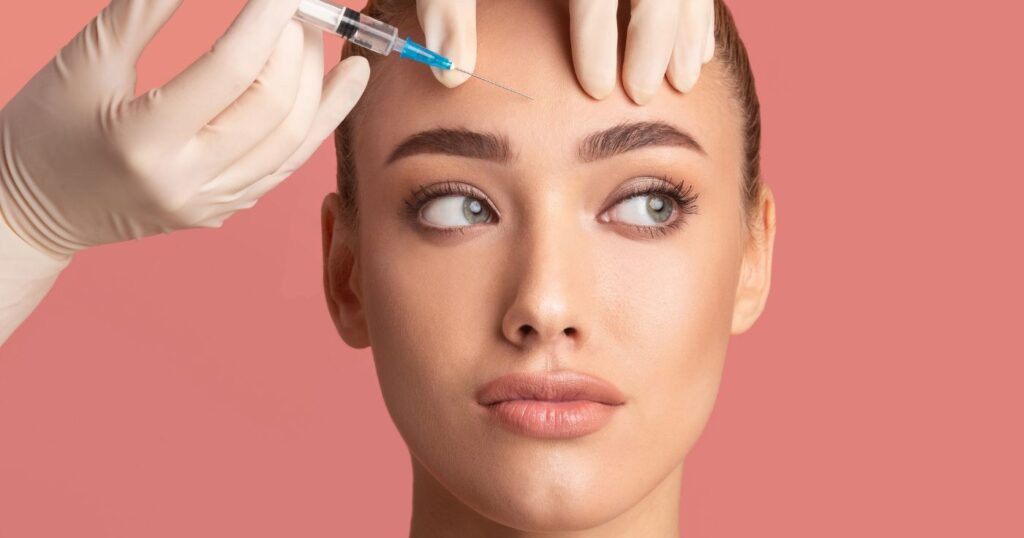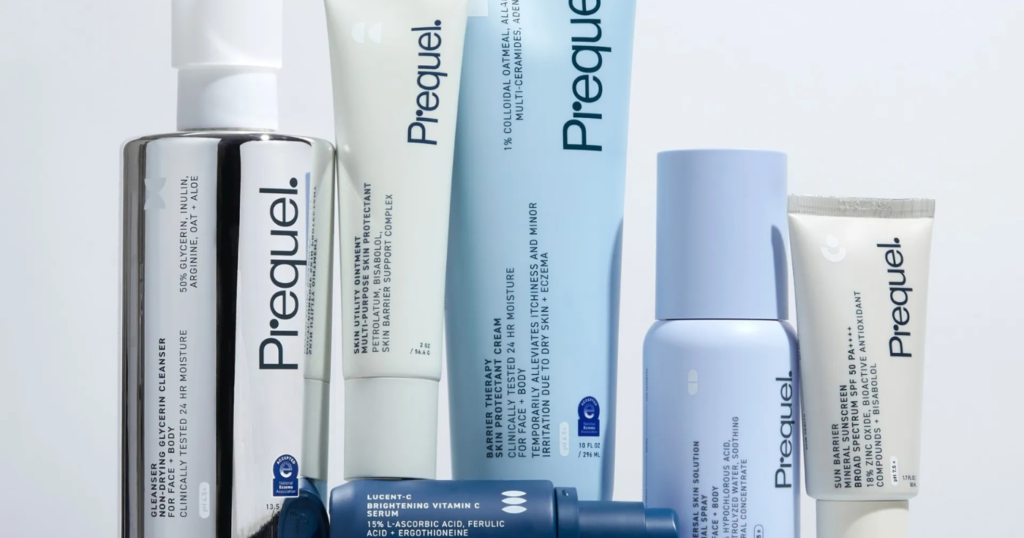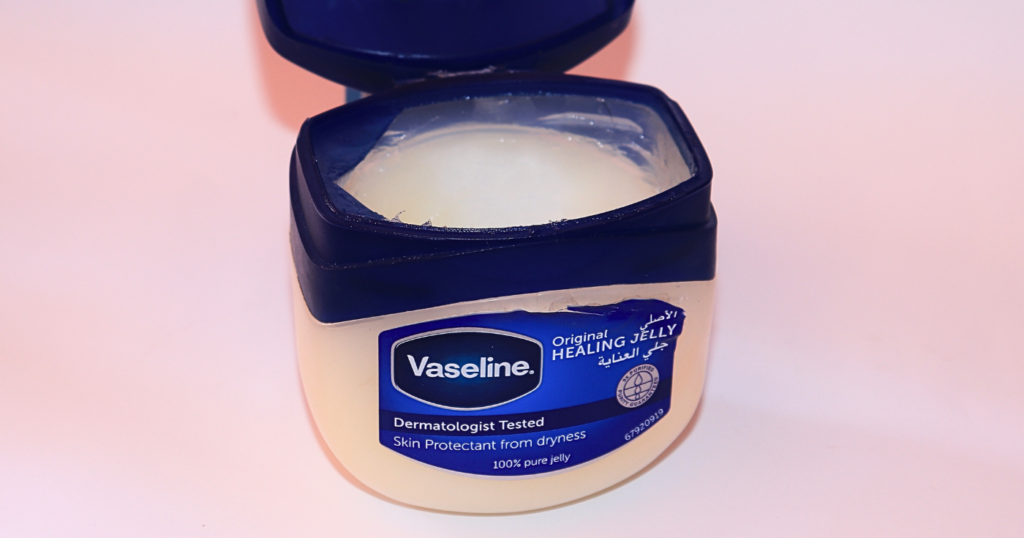What if a discreet innovation was about to revolutionize the world of aesthetic medicine? A groundbreaking treatment is starting to gain attention, promising unprecedented results where conventional solutions fall short. Is it just a trend or a real turning point?
There is always an innovation that shakes established beliefs. A product, a discovery, or a technology that challenges well-entrenched practices. For years, Botox reigned supreme in the world of rejuvenation, offering millions a smooth, youthful face with just a few injections.
But today, a discreet alternative is carving its way into aesthetic clinics around the world. Little known to the general public, it is generating growing enthusiasm among specialists and enthusiasts of new anti-aging techniques. This advancement could redefine the standards of aesthetic medicine.
The Rise of Exosomes: A Major Turning Point for Regenerative Medicine
Behind this almost futuristic name lies a discovery that fascinates researchers: exosomes. These extracellular micro-vesicles, naturally produced by cells, play a crucial role in cellular communication and tissue regeneration. Once ignored, they are now at the center of numerous studies in regenerative medicine. And for good reason: they possess incredible cellular regeneration power, far more sophisticated than that of Botox.
Unlike classic botulinum toxin injections that temporarily paralyze the muscles responsible for wrinkles, exosomes act on the skin in a more natural and deeper way. They stimulate the production of collagen and elastin, thus promoting a gradual and lasting rejuvenation of the skin. What attracts specialists is mainly their ability to repair aging cells without freezing expressions, a common criticism of Botox.
Exosomes vs Botox: An Inevitable Duel in the Anti-Aging Market?
While Botox remains the go-to reference for instant wrinkle smoothing, exosomes open a whole new realm of possibilities in anti-aging. Their promise? Not immediate effects, but progressive and lasting improvement in skin quality. This new approach particularly appeals to those seeking a more natural rejuvenation, far from the sometimes frozen appearance of botulinum injections.
The advantages of exosomes are numerous:
- A deep regenerative action, unlike Botox which only acts on muscles.
- No major side effects, while Botox can cause temporary asymmetries or loss of expressiveness.
- Compatibility with other treatments like lasers, peels, or microneedling for enhanced effects.
However, aesthetic medicine remains cautious. Botox benefits from decades of use and studies proving its efficacy, while exosomes are still in the research and clinical validation phase. Their use is starting to become more widespread, but their higher cost than Botox still hinders mass adoption.
A Promising Yet Uncertain Future
If exosomes are generating so much interest, it’s because they align with a strong trend in “biohacking” and cellular regeneration. Far from artificial injections, they promise rejuvenation based on the natural stimulation of skin cells. A paradigm shift in aesthetic medicine, where the goal may no longer be to erase wrinkles but to restore youthful, radiant skin from within.
One essential question remains: will exosomes dethrone Botox? Nothing is certain yet. What is clear, however, is that this emerging technology will continue to gain traction and could well become the much-awaited alternative for more natural and lasting rejuvenation.
Photo credit: Shutterstock / Prostock-studio




